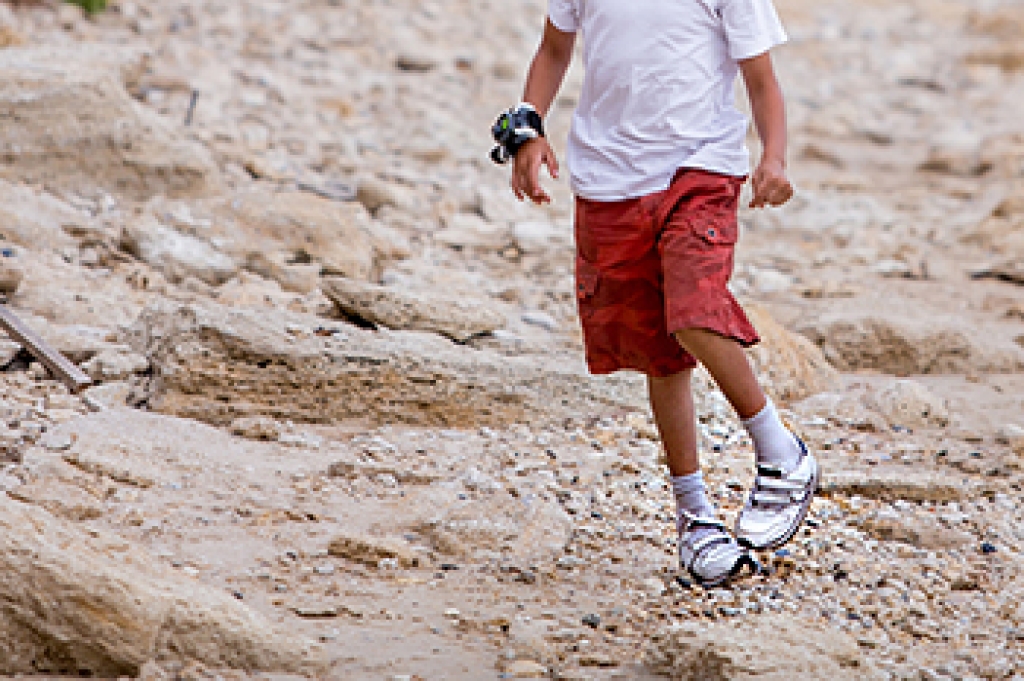
Foot biomechanics play a vital role in running efficiency and injury prevention. Every runner has a unique foot strike pattern that influences movement and impact. A heel strike occurs when the heel contacts the ground first, often seen in long-distance runners and associated with a longer stride. A midfoot strike involves landing evenly on the middle of the foot, promoting balance and reducing impact. Additionally, a forefoot strike places pressure on the ball of the foot, often used by sprinters and minimalist runners. Each style affects muscles and joints differently. A podiatrist can assess your gait, identify imbalances, and recommend footwear or orthotics. If you have sustained a foot injury while running, it is suggested that you consult a podiatrist who can treat various foot conditions, and guide you on how to protect your feet while running.
If you have any concerns about your feet, contact one of our podiatrists from Community Foot Specialists. Our doctors can provide the care you need to keep you pain-free and on your feet.
Biomechanics in Podiatry
Podiatric biomechanics is a particular sector of specialty podiatry with licensed practitioners who are trained to diagnose and treat conditions affecting the foot, ankle and lower leg. Biomechanics deals with the forces that act against the body, causing an interference with the biological structures. It focuses on the movement of the ankle, the foot and the forces that interact with them.
A History of Biomechanics
- Biomechanics dates back to the BC era in Egypt where evidence of professional foot care has been recorded.
- In 1974, biomechanics gained a higher profile from the studies of Merton Root, who claimed that by changing or controlling the forces between the ankle and the foot, corrections or conditions could be implemented to gain strength and coordination in the area.
Modern technological improvements are based on past theories and therapeutic processes that provide a better understanding of podiatric concepts for biomechanics. Computers can provide accurate information about the forces and patterns of the feet and lower legs.
Understanding biomechanics of the feet can help improve and eliminate pain, stopping further stress to the foot.
If you have any questions please feel free to contact our offices located in Beavercreek, Dayton, and Vandalia, OH . We offer the newest diagnostic and treatment technologies for all your foot and ankle needs.




